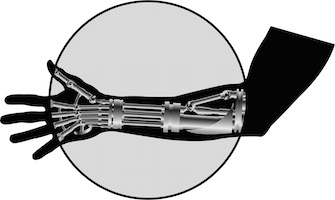Bionic Arms Get a Thought-Control Upgrade: Offers Precise Grip Control
A Bionic arm is a quite useful replacement for a natural human arm. Bionic arms are universal and can be wired on either left or right arms. It has better efficiency, increasing a colonist's manipulation by 20% for each bionic arm installed. Usually an installed bionic arm will replace a colonist's arm up to and including the shoulder.
In 1985, 16-year-old Jodie O'Connell-Ponkos was robbed of the right arm by an industrial meat grinder. She had used prosthetic limbs for five years until one day she discarded it frustrated. She said, "hate can only be regarded as understatement," these devices are too bad to use. She has not used a new prosthesis for 20 years now.
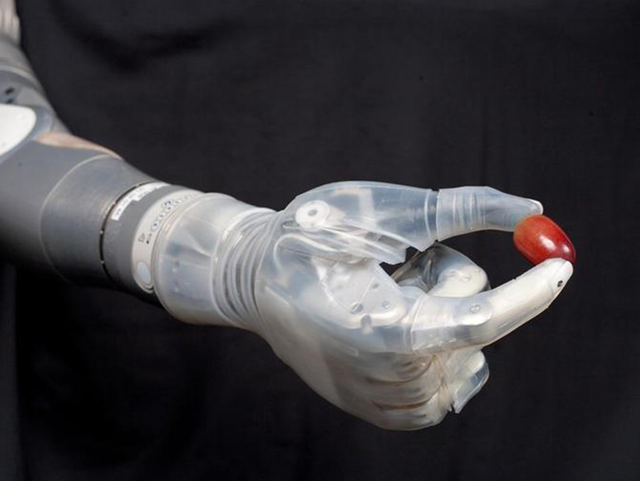
Image
A new control system that recognizes subtle nerve signals enables prosthetic users to move more gracefully and naturally.
Among the upper limb amputees, O'Connell-Ponkos's experience is very common. Although much progress has been made in the engineering and usability of prostheses, up to 75% of users still abandon the use of motorized prostheses (as of 2007) and have not changed significantly in more than two decades.
Despite the availability of better materials, a more powerful motor with more joints, the upper limbs used the control system developed in the 1950s. The control system also includes a bulky cable and harness composed of body power supply system and myoelectric system. The EMG detects the muscle activity using an electronic sensor placed in the skin of the amputation and sends these activity messages to the motor to operate the motor. For example, the contraction of the biceps requires bending of the elbow first, but this is not in line with human intuition, often after extensive training, before the patient can use the prosthesis.
Last year, O'Connell-Ponkos experimented with a new device from Coapt that includes a new control system that identifies subtle nerve signals. Unlike the current prosthesis, the new arm allowed her to move more gracefully and naturally. Today, the extroverted trainer is constantly wearing her prosthetic limbs to help her with everything from cutting firewood to combing ponytails.
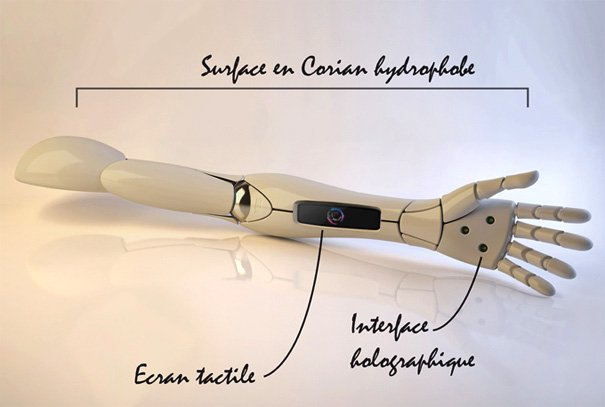
Image
In 2016, at the American Orthotic and Prosthetic Association conference in Boston, Coapt only had a very small booth behind the exhibition hall. There, O'Connell-Ponkos, who has been hired as a spokesperson for Coapt, is marketing their technology, and she says the technology is already compatible with the products of the five well-known prosthetic manufacturers.
Blair Lock, co-founder and CEO of Coapt, said they entered the market by the end of 2013 and currently estimates that 200 people are using the system. The system, wrapped in a small black box, consists of a circuit board and an algorithm that uses pattern recognition to decode the electrical signals transmitted from the muscles of the arm. It has now become the bridge between the user's intent and the prosthesis's action.
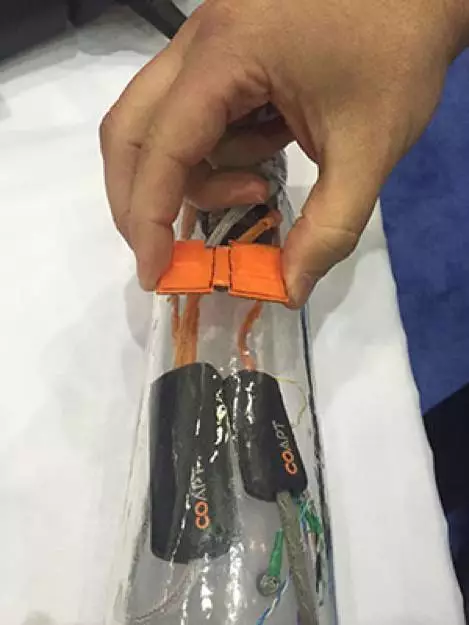
The next generation of Coapt devices (the orange model) will be significantly smaller and thinner than the first generation (black). Image Source: Megan Scudellari
Lock says it looks "very quiet" if it detects nerve activity alone, but because it contains a lot of information, it's like "symphony" and needs to be carefully resolved. Muscles, like loudspeakers, amplify nerve activity. Traditional EMG systems can only detect the volume of music, but pattern recognition software can associate a specific brain signal (like a unique song) with an action.
The company plans in the near future to release a smaller new product. Not only that, they obtained a new technology license from Purdue that reads electrical signals directly from under the skin (using implantable electrodes). However, Lock's tight-knit development plan for the technology, he wanted to wait until the right time to announce to everyone.
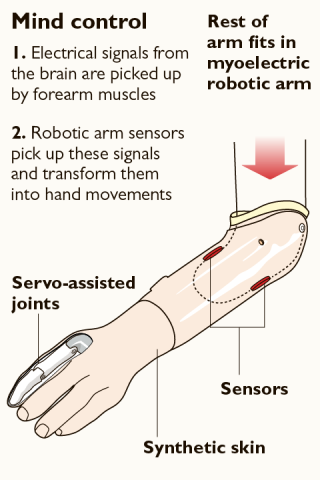
Image
Coapt is not alone in changing the way the upper limbs are controlled, and two leading prosthesis manufacturing companies are also working to improve prosthetic control systems. The Johns Hopkins Modular Prosthetic Upper Extremity (MPL) can also be operated using pattern recognition software, while DEKA Research uses the Luke Arm named LUKE Arm in Star Wars Coapt system is. Both MPL and LUKE Arm are funded by DARPA. Both products are not yet on the market yet, but LUKE Arm is scheduled to be available by the end of this year.
Johns Hopkins' MPL pattern recognition system was developed in-house, said Mike McLaughlin, MPL creator - chief engineer of research and development at the Applied Physics Laboratory at Johns Hopkins. "Our idea was to Awareness translates directly into action. "
The LUKE Arm can be controlled in a number of ways including the Coapt system, said Tom Doyon, a member of the LUKE Arm development team at DEKA Research. Another feature of the LUKE Arm is the use of wireless foot control, which is like using a joystick to move the arm in a predetermined pattern.
However, although the prosthesis has been very convenient, it still can not be used like a real hand. Even the best control system only performs a series of pre-set actions that can not be controlled at will. Take Coapt system, the user can preset about six to eight actions, such as daily use to extend their fingers, kneading or clenching and so on.
Instead of designing and manufacturing arms (in MPL, for example, it consists of 26 joints and hundreds of sensors), the factor that limits the development of prostheses now is to decipher the bandwidth of the brain's signal. "There are probably 500 million neurons involved when we move our arms, but now we can only see as many as a few hundred neurons," says McLaughlin. "These things are in our brains, but we look at them The ability is limited. "
The future of prosthetic control technology hopes to detect the brain's "symphony" directly by implanting electrodes under the skin or even in the brain. Recently, the Johns Hopkins MPL team worked with researchers at the University of Pittsburgh to perform brain electrode implantation in two patients with severe spinal cord injury. Ideally, I hope this technology will someday become a noninvasive one, "McLaughlin said." But we have not done that yet. Please give us another year or so. "
The ambitious bionic arm took seven years in the making, is incredibly lifelike natural in its movements. Great thanks to a complex symphony of human muscle triggers. In past, other robotic arms have relied on direct signals, whereas the bionic arm picks up a signals from muscle motions -- creating a more fluid movement.

References for text and images:
- https://www.thetimes.co.uk/article/man-sacrifices-hand-for-a-bionic-arm-that-works-5l3wvzszb
- https://www.popsci.com/tags/bionic-arm
- https://spectrum.ieee.org/the-human-os/biomedical/bionics/thoughtcontrol-systems-advance-bionic-arms
- http://www.ipwatchdog.com/2015/07/21/the-future-of-bionic-arm-tech-is-mind-controlled-cheap-to-produce/id=58540/
- https://www.augmentedfuture.com/us/
- https://www.cbsnews.com/news/bionic-deka-arm-mind-controlled-prosthetic-approved-by-fda/
- http://rimworldwiki.com/wiki/Bionic_arm
Support @steemstem and the #steemstem
project - curating and supporting quality STEM
related content on Steemit

